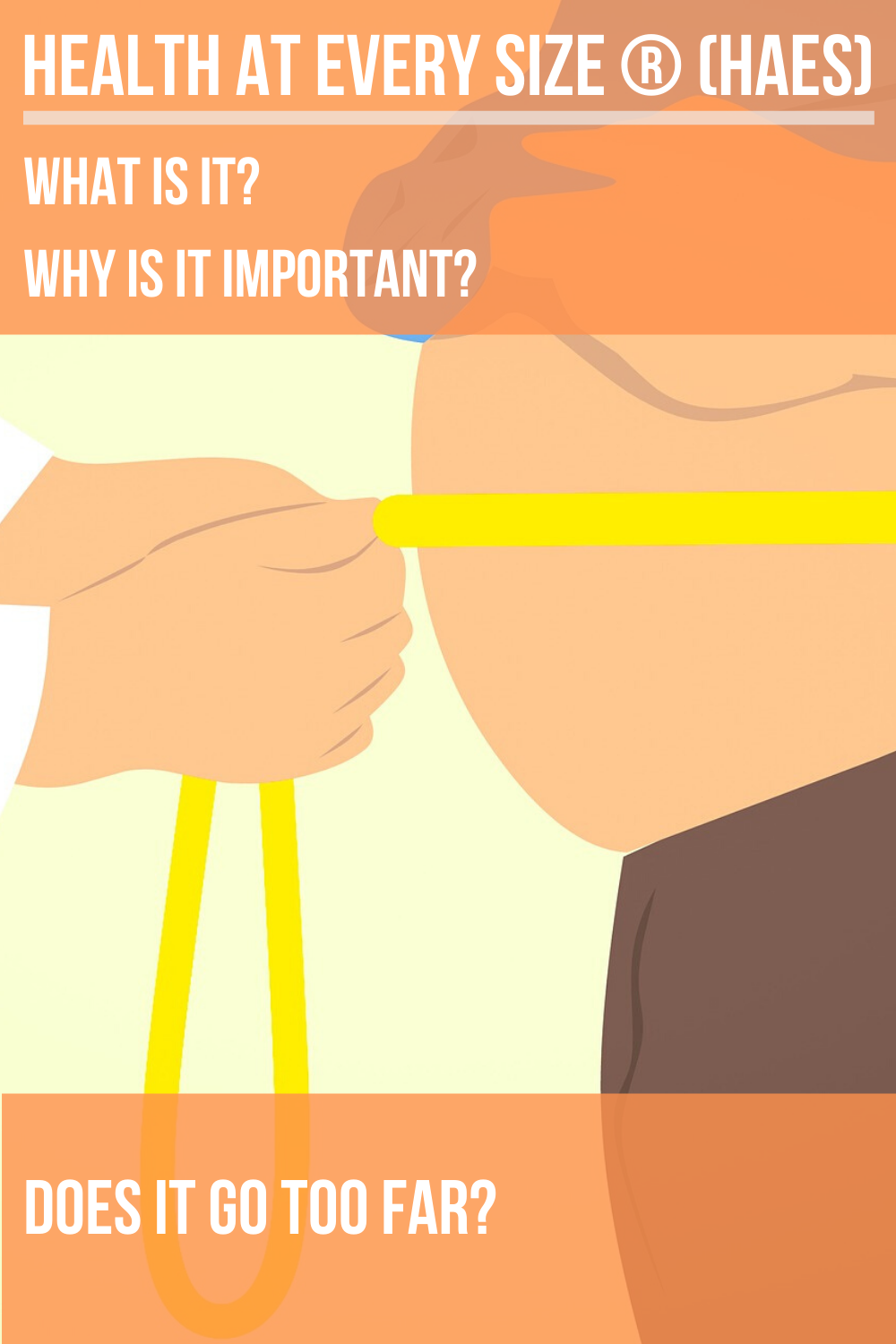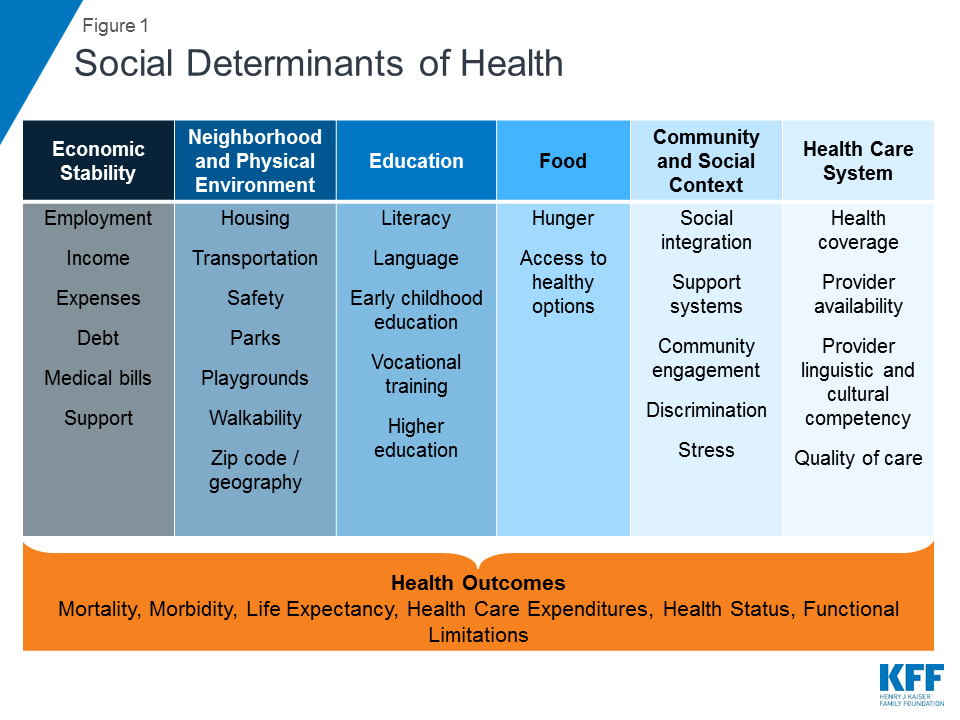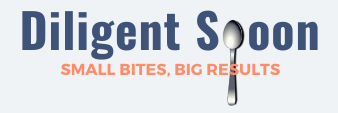
Health At Every Size – What It Is, Why It’s Important, and Where It Goes Too Far
In my recovery from Hypothalamic Amenorrhea (HA), I’ve been listening to some podcasts that discuss the topic. Because the majority of HAers are restricting food and exercising excessively, a lot of these podcasts delve into eating disorders, diet culture, and a principle called Health At Every Size®, or HAES.
What is HAES?
In short, the HAES approach to both policy and individual decision-making that rejects the following:
- The use of weight, size, or BMI as proxies for health, and
- The myth that weight is a choice.
The Health At Every Size® Principles are:
- Weight Inclusivity: Accept and respect the inherent diversity of body shapes and sizes and reject the idealizing or pathologizing of specific weights.
- Health Enhancement: Support health policies that improve and equalize access to information and services, and personal practices that improve human well-being, including attention to individual physical, economic, social, spiritual, emotional, and other needs.
- Respectful Care: Acknowledge our biases, and work to end weight discrimination, weight stigma, and weight bias. Provide information and services from an understanding that socioeconomic status, race, gender, sexual orientation, age, and other identities impact weight stigma, and support environments that address these inequities.
- Eating for Well-being: Promote flexible, individualized eating based on hunger, satiety, nutritional needs, and pleasure, rather than any externally regulated eating plan focused on weight control.
- Life-Enhancing Movement: Support physical activities that allow people of all sizes, abilities, and interests to engage in enjoyable movement, to the degree that they choose.
Essential points made by HAES:
- Every person is worthy, no matter what their size.
- Many health recommendations are esoteric. Some are unattainable for a majority of the population, due to cost, time commitment, etc.
- Your weight does not determine your health.
Important questions raised by HAES:
- If dieting and weight cycling (losing, regaining weight) are so difficult and stressful, what (if any) is the overall benefit of weight loss?
- Why does the US healthcare and social system promote weight loss for as a blanket treatment for so many ailments and diseases?
- Current CDC (Centers for Disease Control) research shows that nutrition only accounts for 10% of health outcomes.
- Meanwhile, social determinants influence 70% of health outcomes. Social Determinants of Health (SODH) are the conditions in which people are born, grow, live, work and age. See the image below for a breakdown:

Enter Intuitive Eating and it’s alignment with HAES:
You might have surmised that HAES promotes intuitive eating. What exactly is intuitive eating (other than eating what you want, when you want)? Here’s the formal definition:
Intuitive Eating is a self-care eating framework, which integrates instinct, emotion, and rational thought and was created by two dietitians, Evelyn Tribole and Elyse Resch in 1995. Intuitive Eating is a weight-inclusive, evidence-based model with a validated assessment scale and over 100 studies to date.
https://www.intuitiveeating.org/definition-of-intuitive-eating/
Intuitive Eating honors both physical and mental health and is aligned with HAES. Both of believe that pursuit of intentional weight loss is a failed paradigm, which creates, not mitigates, health problems; including weight stigma, weight cycling (losing and regaining over and over), and eating disorders.
It should be noted that the idea of “intuitive eating” is sometimes falsely employed in “clean eating” circles. HAES-focused intuitive eating often views Diet Culture/Clean Eating’s spin on intuitive eating as something akin to:
“… just pay exquisite attention to your body’s cues and how it feels after you eat certain foods, and you’ll know what foods you’re intolerant to.”
Christy Harrison, MPH, RD
This is bogus advice because so many factors influence how we feel after eating – or at any given moment for that matter. Other foods in the meal, level of hunger, quantity of food, stress, underlying medical issues, etc. – any or all of these can cause you to feel digestive symptoms. It’s almost impossible to know if any single food is creating any single symptom in your body. Some practitioners may use “exquisite attention intuitive eating” as an unproven way to diagnose a food intolerance or exclude “bad” or “unhealthy” foods, which goes against the concept of intuitive eating (instinct, hunger, pleasure).
HAES and Intuitive Eating point out some serious flaws in the way our society and healthcare practitioners view people in larger bodies, our collective relationship with food, and weight loss/being thin. In addition, these frameworks allow for people of all backgrounds and sizes to embrace food and health on their terms. Good stuff!
Does HAES go too far?
Understandably, the concept of Health at Every Size ruffles the feathers of many nutritionists, “wellness” professionals, and doctors. The arguments are many and strongly felt. HAES is in direct opposition to the decades of research and health policy encouraging weight loss and healthy eating (that often includes dietary restrictions). If you’re curious, Google “HAES dangerous” and scroll through the resulting vitriol.
Personally, I think HAES is an important counterpoint to overzealous and sometimes a wrongheaded leaning towards “clean” eating and overly restrictive diets like keto, gluten-free, etc. (for people with no medical reason to eliminate foods and food groups). Still, if taken literally, there are at least two ways in which I think the HAES narrative could be misused:
- HAES assumes that each person inherently knows what is best for their health. For example, when encouraging people to engage in physical activity “to the degree to which they choose”, what if they choose no physical activity, even when exercise would unequivocally improve their health? To imply that their choices are wrong or “unhealthy” would not be HAES-compliant.
- HAES rejects pathologizing specific weights (no matter what?). Body size extremes in either direction (underweight -> overweight), if taken far enough, are diseased states. Here are two examples, including how HAES logic might address them:
- Underweight example: The anorexic woman who finds comfort and control in a nutrient deficient, starved body is beyond reproach. She desires to be in a smaller body, and it is her right to choose what is best for her. If she so chooses, she can be treated for emotional or psychological issues.
- Overweight example: An overweight and sedentary teenager develops Type 2 Diabetes (T2D) but should not be advised to change his eating and exercise habits. Instead, he should be shown how to treat the discomforts that come from T2D through insulin supplementation. The patient’s health is better served by keeping him emotionally comfortable, rather than suggesting behavior change.
- Both of these examples of extreme body sizes are demonstrably and observably un-healthy.
Overall, I’m warming up to HAES and intuitive eating. I was very resistant, at first, thinking that all large bodies must somehow be unhealthy. After reviewing a lot of the research that HAES and intuitive eating proponents use to justify the frameworks, I do believe:
- That weight stigma and discrimination negatively impacts the health of many people, and society and healthcare professionals should work to end weight bias to improve public health.
- “Clean eating” and “diet culture” promote unrealistic eating habits and disordered eating habits.
- Food and eating is meant to be pleasurable, nourishing, and intuitive. When it’s not, the relationship with food (and perhaps the body) is broken. Nutrition and healthcare professionals are in unique positions to help clients re-learn intuitive eating and have a peaceful relationship with food.
However, I’m looking forward to learning more about HAES and intuitive eating, because I feel that …
There is a danger in unabashedly promoting all body sizes and eating habits as individual versions of health.
What do you think?
If you have experience with HAES or Intuitive Eating, I’d really like to hear your thoughts!
Works Cited
“10 Principles of Intuitive Eating.” Intuitive Eating, www.intuitiveeating.org/10-principles-of-intuitive-eating/.
Artiga, Samantha, and Elizabeth Hinton. “Beyond Health Care: The Role of Social Determinants in Promoting Health and Health Equity.” The Henry J. Kaiser Family Foundation, 9 July 2019, www.kff.org/disparities-policy/issue-brief/beyond-health-care-the-role-of-social-determinants-in-promoting-health-and-health-equity/.
Byhoff, Elena, et al. “Provider and Staff Feedback on Screening for Social and Behavioral Determinants of Health for Pediatric Patients.” The Journal of the American Board of Family Medicine, vol. 32, no. 3, 2019, pp. 297–306., doi:10.3122/jabfm.2019.03.180276.
Muennig, Peter, et al. “The Relative Health Burden of Selected Social and Behavioral Risk Factors in the United States: Implications for Policy.” American Journal of Public Health, vol. 100, no. 9, 2010, pp. 1758–1764., doi:10.2105/ajph.2009.165019.
“Podcast.” Christy Harrison – Intuitive Eating Dietitian, Anti-Diet Author, & Health at Every Size Expert – Food Psych Programs, christyharrison.com/foodpsych.
Published on August 06, 2019. “Social Determinants of Health: Breaking Down the Barriers.” HIMSS, 27 Jan. 2020, www.himss.org/resources/social-determinants-health-breaking-down-barriers.
“Social Determinants of Health.” World Health Organization, World Health Organization, 15 Nov. 2019, www.who.int/social_determinants/en/.
Solomon, Loel. “Health Care Steps Up to Social Determinants of Health: Current Context.” The Permanente Journal, 2018, doi:10.7812/tpp/18-139.



